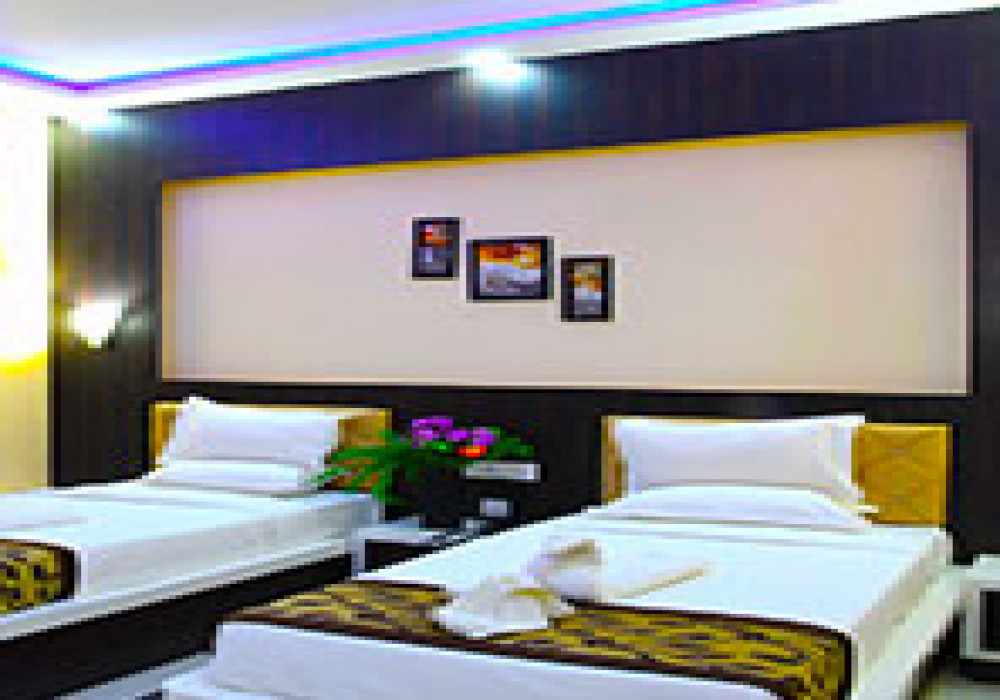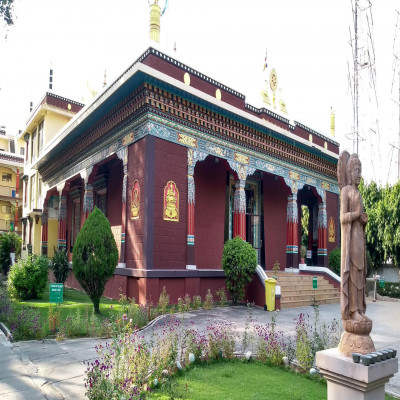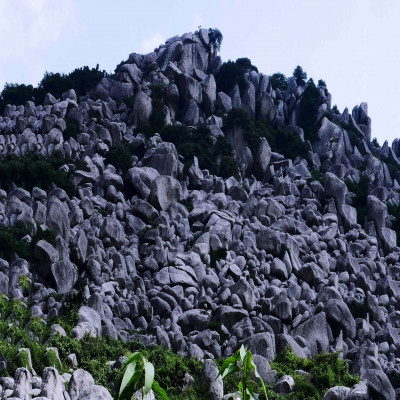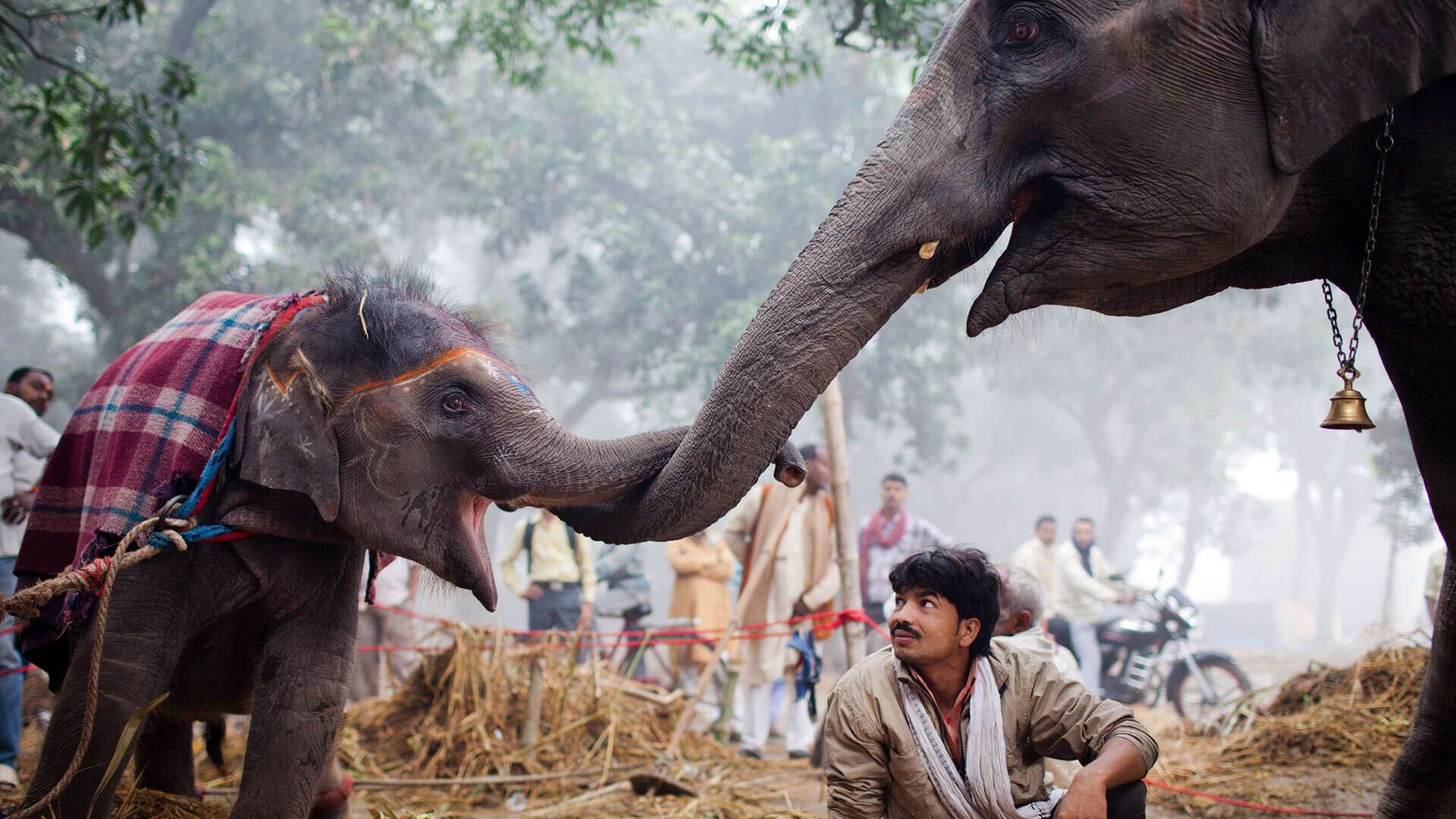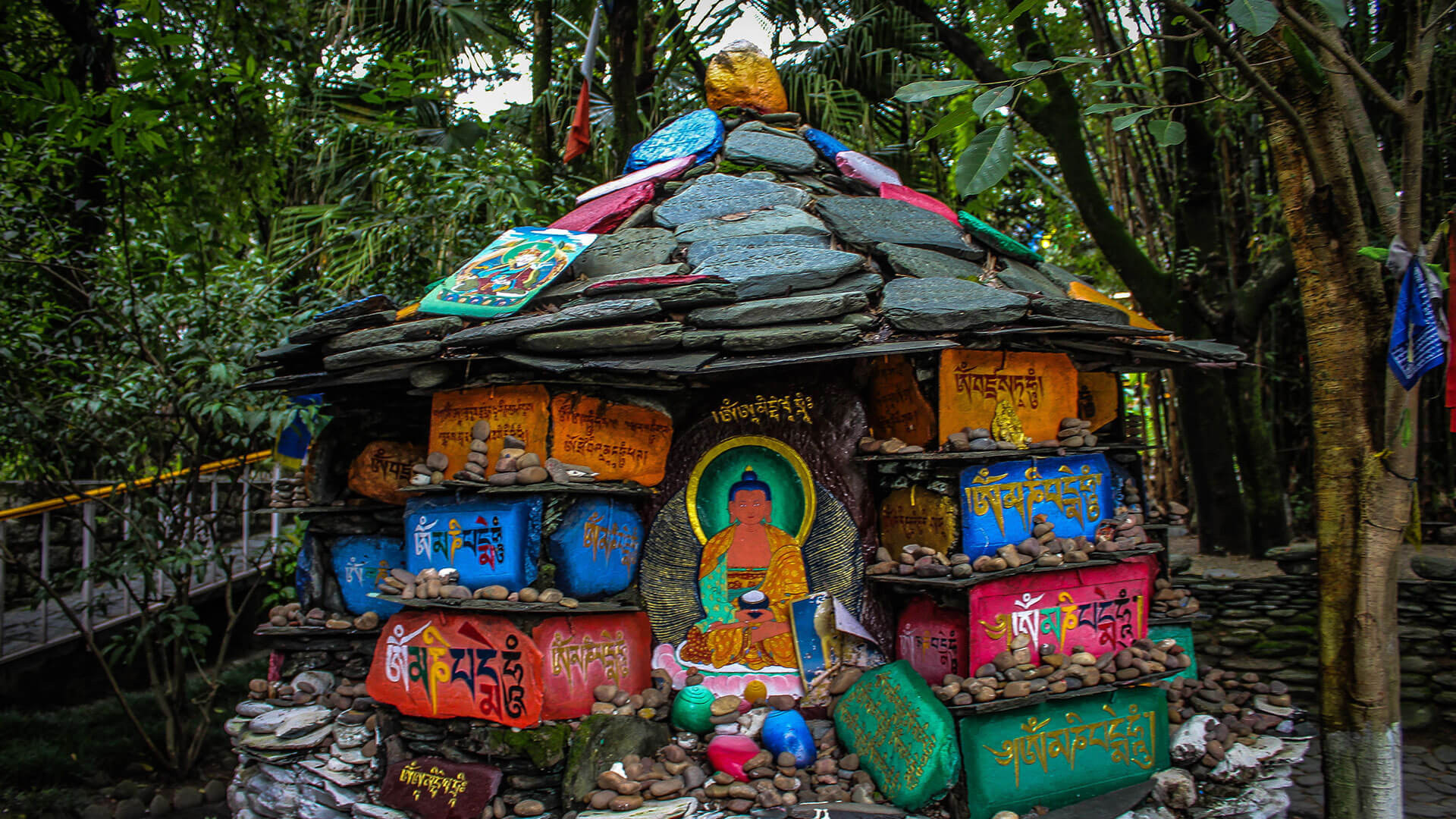Gaya Tourism - A Complete Guide to the Sacred City
Gaya is one of the most ancient and holiest cities in India. It is a major tourist attraction in the state of Bihar and is of high historical and mythological significance. This holy city is located at the banks of Phalgu River which finds its mention in the epic Ramayana, Mahabharata and also in sacred Buddhist texts. Gaya is a diverse city that accommodates pilgrimage sites for Jains, Hindus, and Buddhists. The place is also famous for Pitrapaksha Mela where people from across the country come to perform 'Pind Daan' (a ceremony) for the people who have departed from the material world.
History of Gaya
Gaya is 100km away from the capital city of Bihar, i.e. Patna and is the second-largest city in the state of Bihar. Hill ranges and Phalgu river surrounds this city from all 4 sides and the presence of nature in abundance makes this city a perfect spot to relax and introspect.
Folklores related to Gaya claim that Lord Rama along with his wife and brother came here to perform the ‘shradh rituals’ and ‘Pind Daan’ for his father Dashratha, who was the maharaja of Ayodhya and one of the renowned kings of Raghuvansha kingdom.
Gayapuri is another ancient name of Gaya that finds its mention in the Mahabharata. It is said that there lived a demon Gayasur who was transformed into hills by Lord Vishnu. Locals believe that the hills that surround the present-day Gaya are the transformed physical entities of demon Gayasur.
Apart from these Hindu significances, the place witnessed the enlightenment journey of Siddhartha who later became Gautama Buddha. It is a well-known fact that Lord Buddha got enlightenment in Bodh Gaya which is now a popular pilgrimage spot for all the Buddhist followers from across the world.
Modern History of Gaya
Once a secular and liberal place, Gaya later became an administrative hub for the British in the 19th Century. The city-operated with the name Saheb Ganj during this period. Gaya also hosted the 37th INC meet and witnessed the freedom struggles against the British.
The INC meet was headed by Deshbandhu Chittaranjan Das and was participated by prominent leaders like Rajendra Prasad, Sardar Patel, Jawaharlal Nehru, Mohandas Karamchand Gandhi, and Maulana Azad. After India’s independence, the city was reinvented as a spiritual tourist destination.
Major Attractions in and Around Gaya
1. Phalgu River
Sited on the east side of Gaya, the water can be seen in the river only during the monsoon. If you visit at any other time of the year you will find it dry. In case you dig some mud, you’ll find water flowing continually below the river bed. Locals claim that this river flows below the bed because it was cursed by the Goddess Sita. Local priests claim that performing puja along the banks of the river has a maximum benefit and it also blesses the next 7 generations of the person who performs shradh, and tarpan here.
2. Vishnupad Temple
The temple was constructed in 1780 with black stone, this age-old temple is a popular and unusual destination to visit in Gaya. The temple has sacred footprints of Lord Vishnu imprinted on a stone slab, which is believed to be of the time when Lord Vishnu crushed Gayasur under his feet. Every day these footprints are covered with special Malaya Chandan and adorned with flowers. Vishnu Sahasranam is chanted with the offering of Tulsi leaves at the temple.
3. Bodh Gaya
Located about 16 km from Gaya, Bodh Gaya is one of the holiest Buddhist pilgrimage sites. The Mahabodhi Temple, a UNESCO World Heritage Site, marks the place where Buddha attained enlightenment.
4. Mangla Gauri Temple
Dedicated to Goddess Shakti, the Mangla Gauri Temple is one of the Shakti Peethas and is considered an important site for Hindu devotees.
5. Dungeshwari Caves
Also known as the Mahakala Caves, these caves are believed to be the place where Buddha meditated for years before attaining enlightenment in Bodh Gaya.
6. Barabar Caves
The oldest rock-cut caves in India, the Barabar Caves date back to the Mauryan period and were used by Buddhist and Jain monks for meditation.
7. Surya Kund
A sacred water tank near Vishnupad Temple, Surya Kund is where pilgrims take a holy dip before performing rituals.
8. Pretshila Hill
A significant site for Hindu rituals, Pretshila Hill is where many Hindus perform Pind Daan for their ancestors.
9. Gadadhar Vishnu Temple
Just next to Vishnupad temple on the banks of Phalgu river lies a temple named Gadadhar Vishnu temple. A statue of a 4-armed, black avatar of Lord Vishnu carrying a Gada is worshipped here.
10. Ratnaghara
Ratnaghara is made of two words Ratna (jewels) and ghara (house), which together means ‘house of jewels’ is a popular Mahabodhi temple in the city. The temple features the tallest statue of Gautama Buddha in a meditative state that is 880 meters tall and was inaugurated and consecrated by Dalai Lama.
11. Tibetan Monastery
This one is the biggest monastery in the state of Bihar and is known to be home to many original and sacred Buddhist texts. The temple also has a 10m high drum made of metal which is known as the wheel of law or Dharmachakra.
Best Things to Do in Gaya
- Perform Pind Daan at Vishnupad Temple – A ritual for the salvation of ancestors’ souls.
- Visit Bodh Gaya and the Mahabodhi Temple – Experience spiritual tranquility at the site of Buddha’s enlightenment.
- Explore Ancient Caves – Visit Dungeshwari Caves and Barabar Caves for historical and spiritual significance.
- Walk through Gaya’s Traditional Markets – Buy religious souvenirs, handlooms, and Madhubani paintings.
- Experience Local Cuisine – Try traditional Bihari dishes like Litti Chokha, Thekua, and Sattu Paratha.
Best Time to Visit Gaya
- October to March – Best season with cool and pleasant weather, ideal for temple visits and sightseeing.
- April to June – Summer months with hot temperatures; less ideal for travel.
- July to September – Monsoon season; lush greenery but occasional heavy rainfall.
Famous Festivals in Gaya
- Pitru Paksha Mela – A major event when Hindus gather in Gaya for Pind Daan rituals.
- Buddha Purnima – Celebrated in Bodh Gaya with grand processions and prayers.
- Makar Sankranti – Devotees take a dip in the sacred Phalgu River.
Why Visit Gaya?
Gaya is an essential destination for those seeking spirituality, history, and culture. Whether you are a Hindu performing ancestral rituals, a Buddhist exploring Buddha’s path to enlightenment, or a traveler interested in ancient history, Gaya offers a deeply enriching experience.
How to Reach Gaya
Gaya is a hub of various fascinating, religious and culturally prominent sites that are worth exploring. You can arrive here conveniently via a widespread network of roadways, railways, and airways. Gaya is approx. 1,000, 1,700, 500 and 2,000km from Delhi, Mumbai, Kolkata, and Bengaluru respectively. Listed below are some best travel options that you may consider if planning a visit to the city.
By Road
Travelling by a personal car or bike or an interstate tourist bus will give you a chance to explore village life during the journey. All the top tourist destinations in Gaya are well connected by roadways hence commuting within the city won't be a problem. Mentioned below is the estimate of distance in kilometres and the best route to take if arriving from nearby cities of states.
- Patna - 117 Km via SH 4
- Dhanbad - 217 km via NH 19
- Sasaram - 130 km via NH 19
- Varanasi - 255 km via NH 19
- Ranchi - 225 km via NH 20
By Train
Gaya Junction is the railway station where you must deboard to explore this holy city and the holy structures that are spread all over. The station receives regular and frequent trains from all the metro cities of India such as Delhi, Mumbai, Kolkata, and Bengaluru. Howrah Rajdhani Express, Jharkhand Swarna Jayanti Express, and Maha Bodhi Express are a few popular trains on which one may make the reservations. The following are some popular direct trains by which you may travel to the city.
- Delhi - Mahabodhi Express, Nandan Kanan Express, Purshottam Express
- Lucknow - Doon Express, Kolkata Express, Gangasatluj Express
- Kolkata - Garbha Express, Shipra Express, Jammu Tawi Express
- Mumbai - Kolkata Mail
- Patna - Palamou Express, Gangadamodar Express, Budh Purnima Express
By Air
Gaya International Airport is the nearest one to the city and is just 10km away. The airport receives direct and connecting flights from across the country. From the airport, tourists may take local transport like a taxi or a bus to reach the desired destination in the city. You may travel with the following airlines via their non-stop flights to Gaya. From Delhi, you can travel via AirIndia with a one-way fare starting from Rs. 5000 and from Kolkata with IndiGo with one-way fare starting from Rs.12000.
Here is a list of Indian cities from where flights are available to Gaya
- Delhi to Gaya Flight
- Kolkata to Gaya Flight
- Mumbai to Gaya Flight
- Hyderabad to Gaya Flight
- Bangalore to Gaya Flight
- Chennai to Gaya Flight
Frequently Asked Questions about Gaya
Q. What are the top tourist attractions in Gaya?
A. The top tourist attractions in Gaya include the Mahabodhi Temple, Bodhi Tree, Vishnupad Temple, and the Chinese Temple.
Q. Why is Gaya famous?
A. Gaya is famous as a Hindu and Buddhist pilgrimage site. It is known for the Vishnupad Temple, where Hindus perform Pind Daan for their ancestors, and for Bodh Gaya, where Gautama Buddha attained enlightenment.
Q. What is special about Bodh Gaya?
A. Bodh Gaya is one of the holiest Buddhist sites. It is where Gautama Buddha attained enlightenment under the Bodhi Tree. The Mahabodhi Temple, monasteries, and meditation centers make it a must-visit.
Q. How many days are enough for a trip to Gaya?
A. 2-3 days are enough to explore Gaya and Bodh Gaya, including temples, rituals, and Buddhist sites.
Popular Packages
Blogs

15 Famous Dishes of Bihar You Must Try (Updated)

Famous Festivals in Bihar 2025: Celebrate Cultural Heritage & Traditions

8 Famous Festivals In October and November In India

Tourist Places in Bihar - Discover Historic and Cultural Attractions
.jpg)
Hidden Facts About Chhath Puja You Should Know
Nearby Stays

Hotel Viraat Inn
railway station, 194 Lakshman sahay lane, opposite...

Hotel City Inn
Infront of Gaya Railway Station, Lakshaman, Laxman...

Hotel Patliputra Vishnu Vihar
Behind Circuit House, Chanakya Puri Colony, Gaya,...
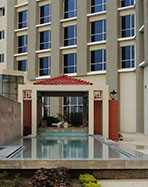
Maha Bodhi Hotel, Resort and Convention Center
Hariharpur, Bihar 823004
